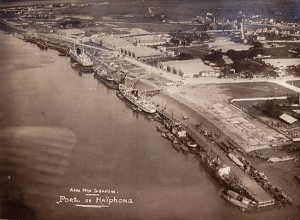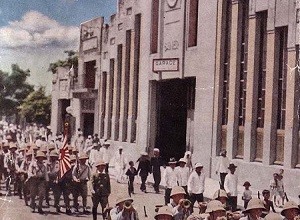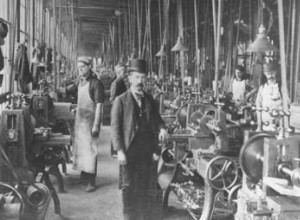Hải Phòng has been an important port city for several centuries:it was one of the trading centers of Tonkin. The French nicknamed it the “Venice of Tonkin”. After the French conquest, it became the main French naval base in Indochina. The grand hotel of the time, the Hôtel du Commerce, rue Paul-Ber




